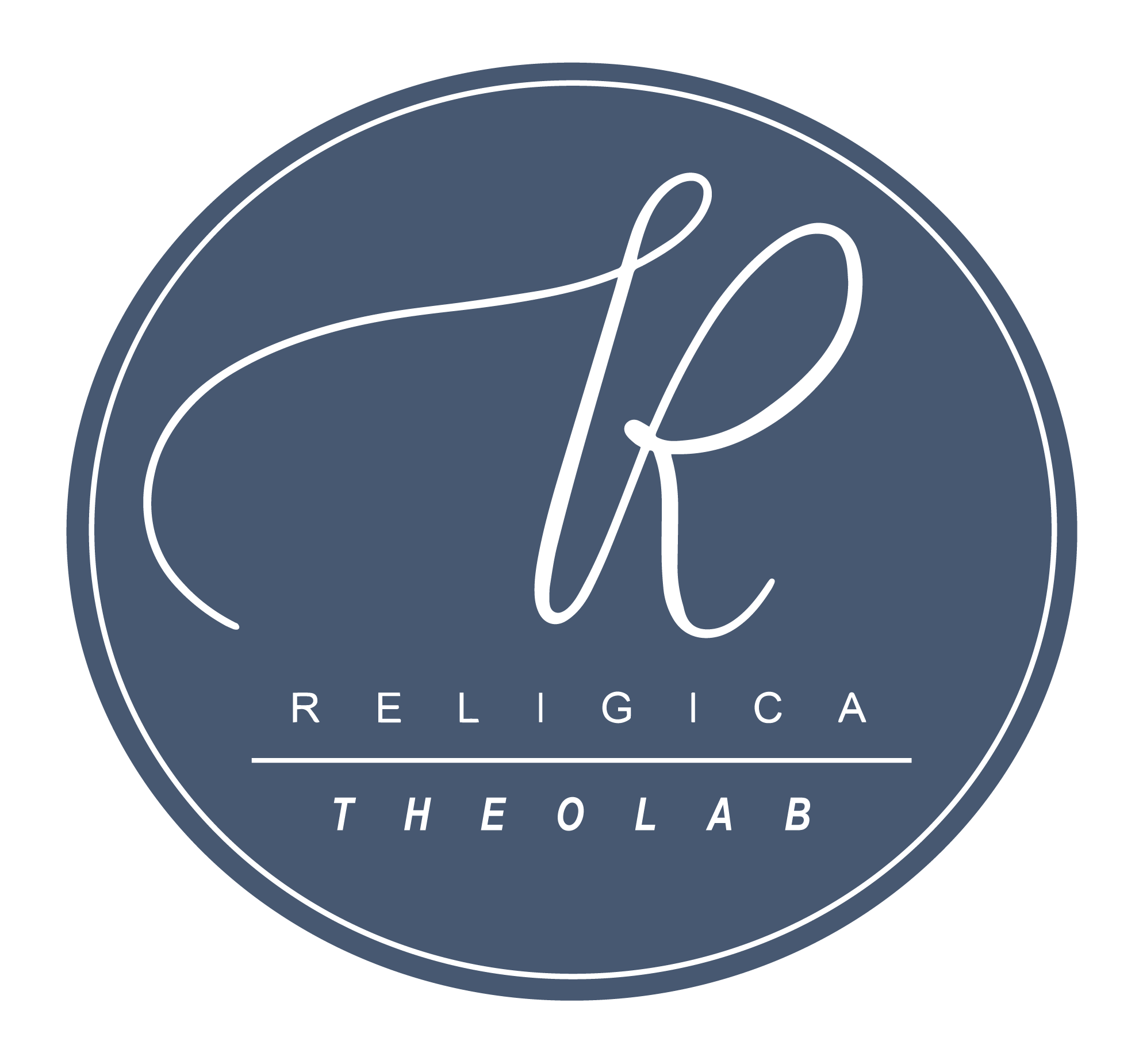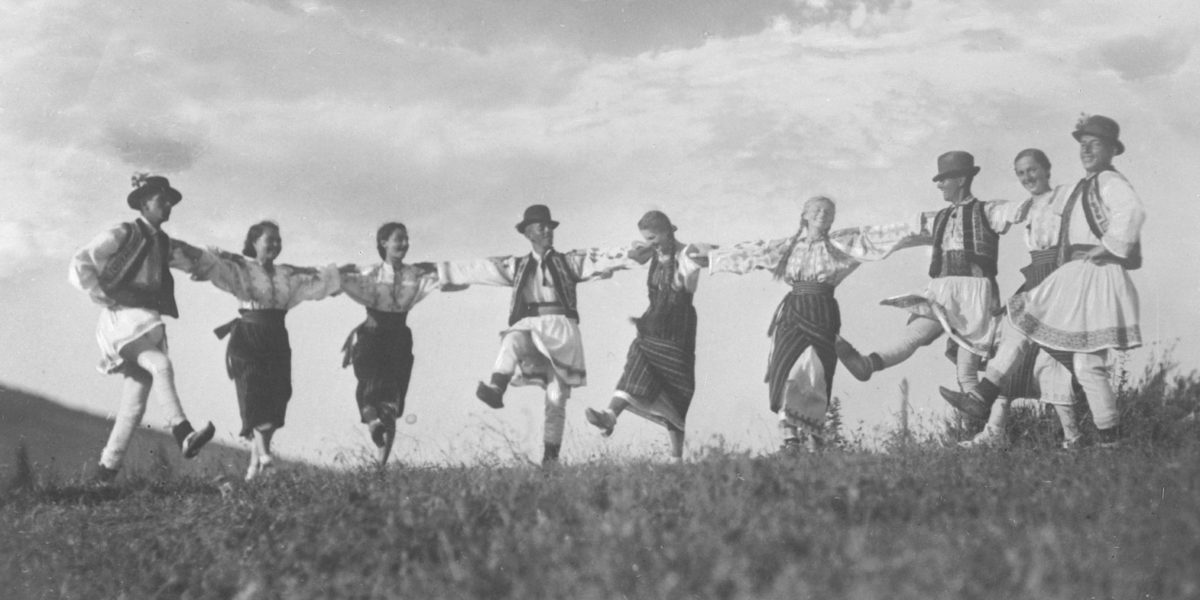The opportunities to face our mortality are seemingly infinite. In an age when human-caused climate change brings into question the survival of humans and many other beings, we are challenged to consider our collective as well as our individual finitude. In a year when a new virus is infecting thousands and we can’t help but remember plagues of times past, we are challenged to consider how we go about our daily lives, either with brave prudence or untempered fear. Extinction due to environmental collapse is a cosmically grand death to consider, a global epidemic is sobering to be sure, and more private deaths like cancer and car wrecks occur each and every day. The truth is that there is never any guarantee we will live one second more. What a strange fact of life, that death is always right here with us. Suffering and death are part of life, and how we avoid it, embrace it, or transcend it says much about our religious, spiritual, or philosophical worldview.
I caught a glimpse of one beautiful response to death when I attended a memorial service last fall. A woman within our folk dance community had died, and her husband decided to honor her life by ending the service with a series of folk dances. I had only been dancing with these friends for a year, but many in attendance had been dancing together for decades. When we gathered to dance, it seemed like the most natural thing to do. In holding hands, in moving together, in adopting an attitude of listening as the music played, we acted out the supportive cohesion of the community that was necessary at such a time of mystery and sadness.
This communal dancing that I joined was not the danse macabre of medieval Europe. During the time of the plague, the visual motif of the living and dead joining hands in dance became popular. Often, the dance procession was ordered by rank, with the pope and king coming before the child and laborer. A main teaching of the danse macabre was that death comes for us all and no amount of worldly power can save us. Not only is death inescapable, death lures each person through music and the trickery of earthly delights.
Whereas bodies in the danse macabre were seen as dangerous openings through which temptation, suffering, and death can enter, and indeed the Reformation encouraged those beliefs, I believe our view of the body has become more nuanced and hopeful. Yes, it is true that through the body comes temptation, suffering, and death, but our bodies are also the means by which we offer comfort and express love. What are we to do when the source of our suffering can also be the source of our greatest connection and joy?
We dance. The particular attitude of dance I’m interested in is dance that is not intended to enact a miracle or to distract ourselves from the true suffering in the world. The dance I find most beautiful is when dance reflects a fundamental truth of human existence: that each of us in our separate bodies and lives can join together and build a loving community, and that now is the time to come together, while we are living. Not only can we connect to others through dance, but the fact that we choose to do so in a beautiful, creative way says something important about our response to suffering and death. This creative response gives death a place in our lives; death is present both within our bodies and within the world that is constantly changing. As opposed to ignoring death by neurotically seeking fleeting pleasure or by denying death by focusing on the afterlife, soulful communal dancing acknowledges that suffering and death will come, and our response will be further beauty and further community.
This is a heroic attitude toward life, to witness the finitude of our bodies and to use them to create beauty and community while we can. Nietzsche saw the heroic potential of dancing when he wrote in Thus Spoke Zarathustra “Gelobt sei dieser wilde gute freie Sturmgeist, welcher auf Mooren und Trübsalen wie auf Wiesen tanzt!” (“Praised be this wild, good, free storm spirit that dances on swamps and melancholy as on meadows.”) For Nietzsche, dancing is connected to freedom, one of his primary philosophical concerns. To be able to see life and death clearly, beyond the inherited values of religion and morality, is to be free. In response to the mystery of death, the heroic response is to dance and to create joy.
Can the practice of folk dance, and other community-based arts, support us as we encounter the largescale death that is coming from climate change? I hope so. I have come to see folk dance as a technology (technology in the old sense of the word, as techne: the knowledge of making and doing) for facing life and death together, and climate change is another form of death we must face together. Perhaps like a “belief” in climate change, it is not necessary to “believe” in the power of dance. All that matters is the practice. What we need is the practice of living together. What we need is the art of facing the strange finitude of our lives with beauty and courage.
In Revisioning Psychology, James Hillman wrote that doing something soulfully often involves doing one thing as though you’re doing something else, like Thomas Mann writing novels as if they were music. What daily activity could you do as though it was a dance?
For Nietzsche, dancing was a heroic response to suffering and death. How might you incorporate a heroic, creative, dancelike attitude into your response to the suffering in the world?
 Kenzie Grubitz Simpson studied linguistics at the University of Chicago, earned her masters in religion from the Claremont School of Theology, and has a long-standing interest in meaning-making through language, body, and culture. Her work has included language revitalization, cultural arts programming, and nonprofit development and communications.She lives in Oklahoma with her family, and in her free time, she makes art and dances.
Kenzie Grubitz Simpson studied linguistics at the University of Chicago, earned her masters in religion from the Claremont School of Theology, and has a long-standing interest in meaning-making through language, body, and culture. Her work has included language revitalization, cultural arts programming, and nonprofit development and communications.She lives in Oklahoma with her family, and in her free time, she makes art and dances.


